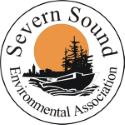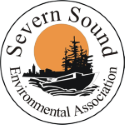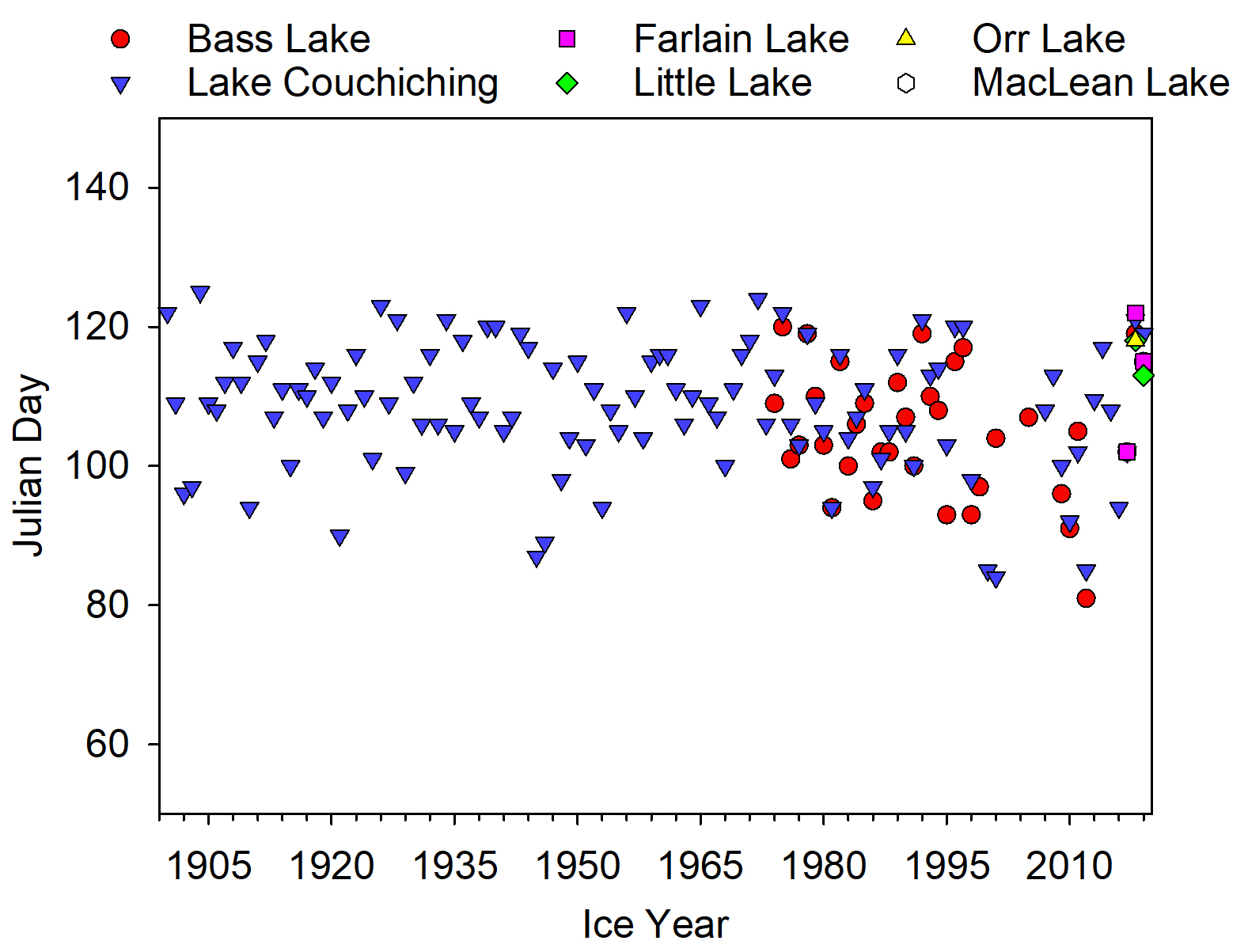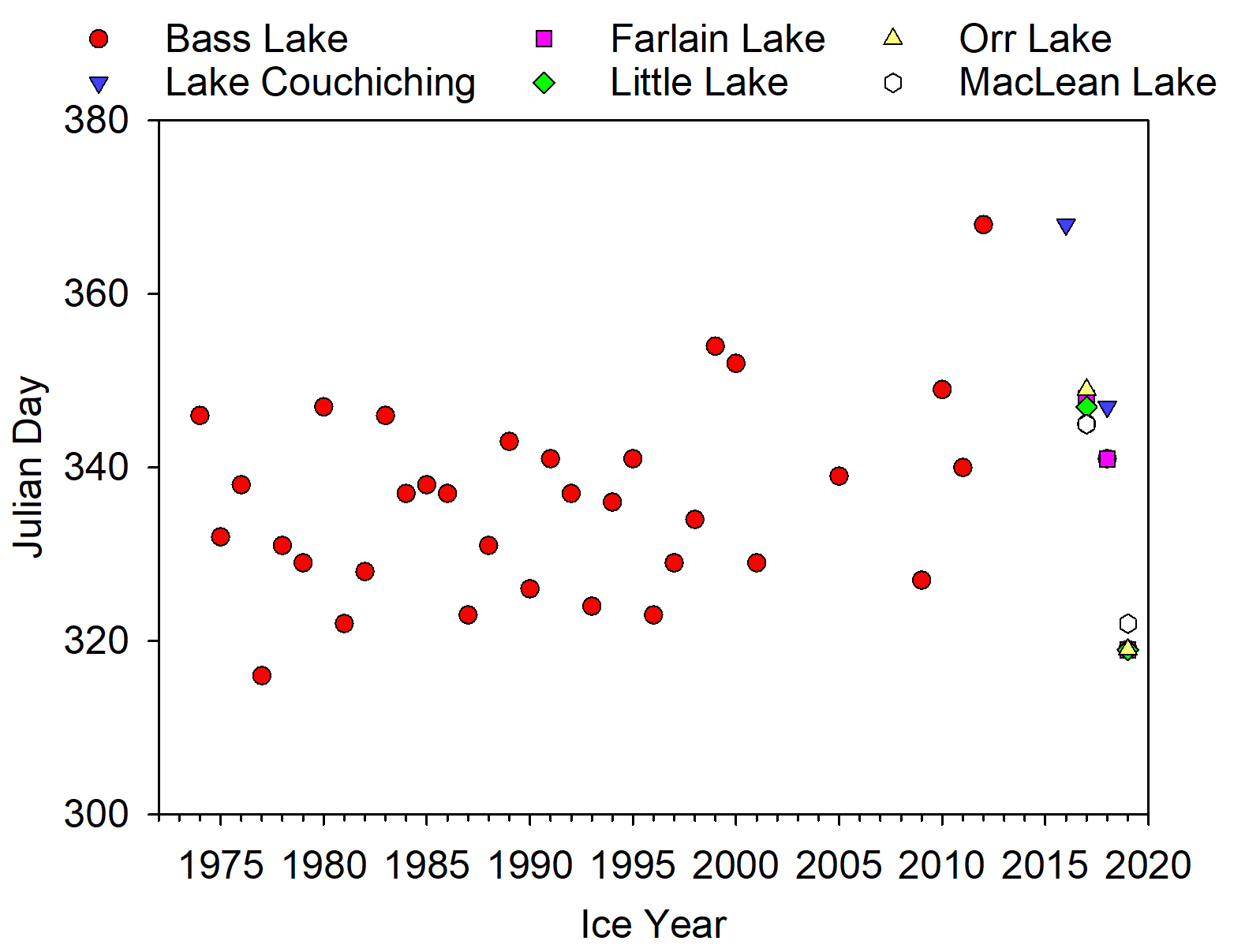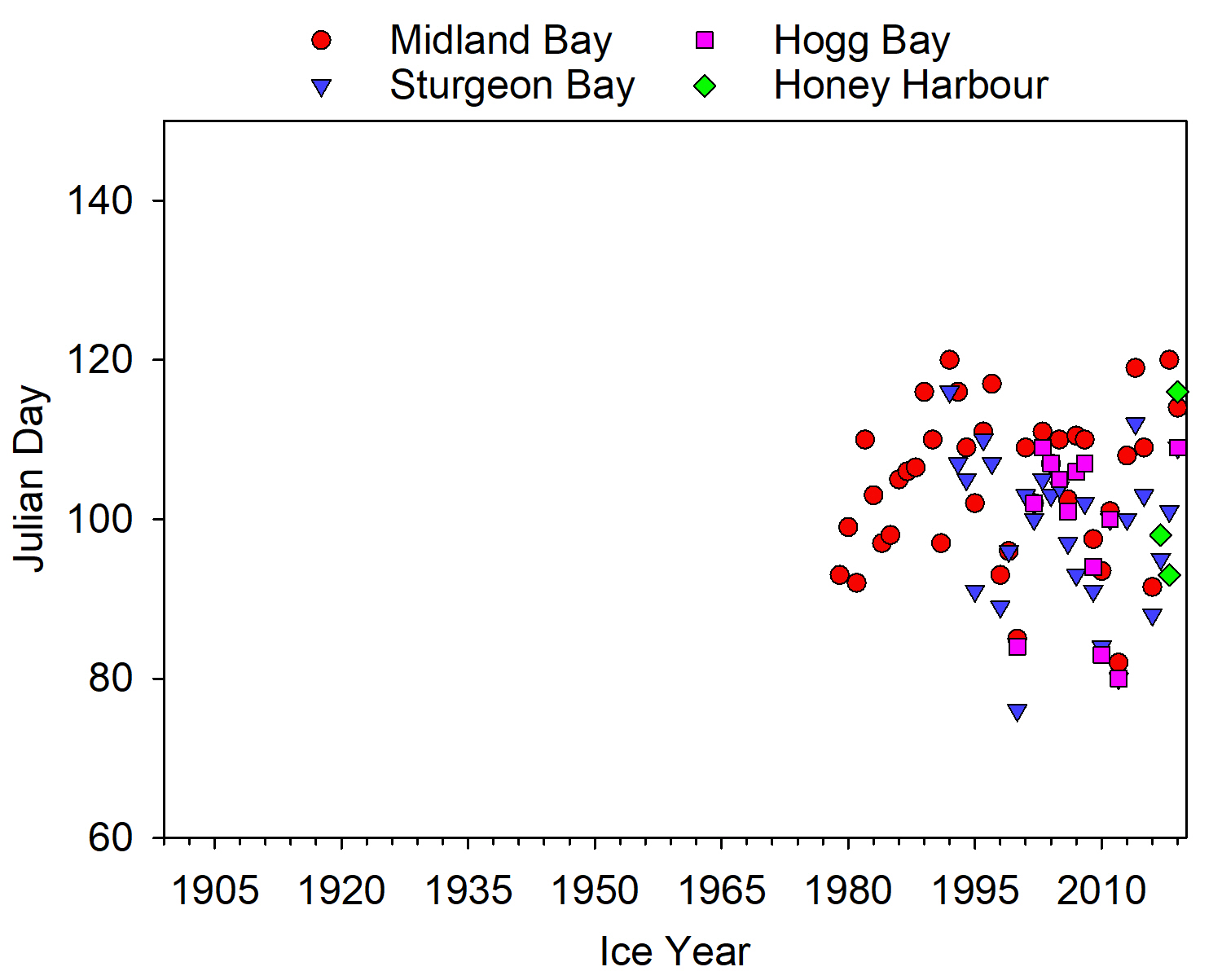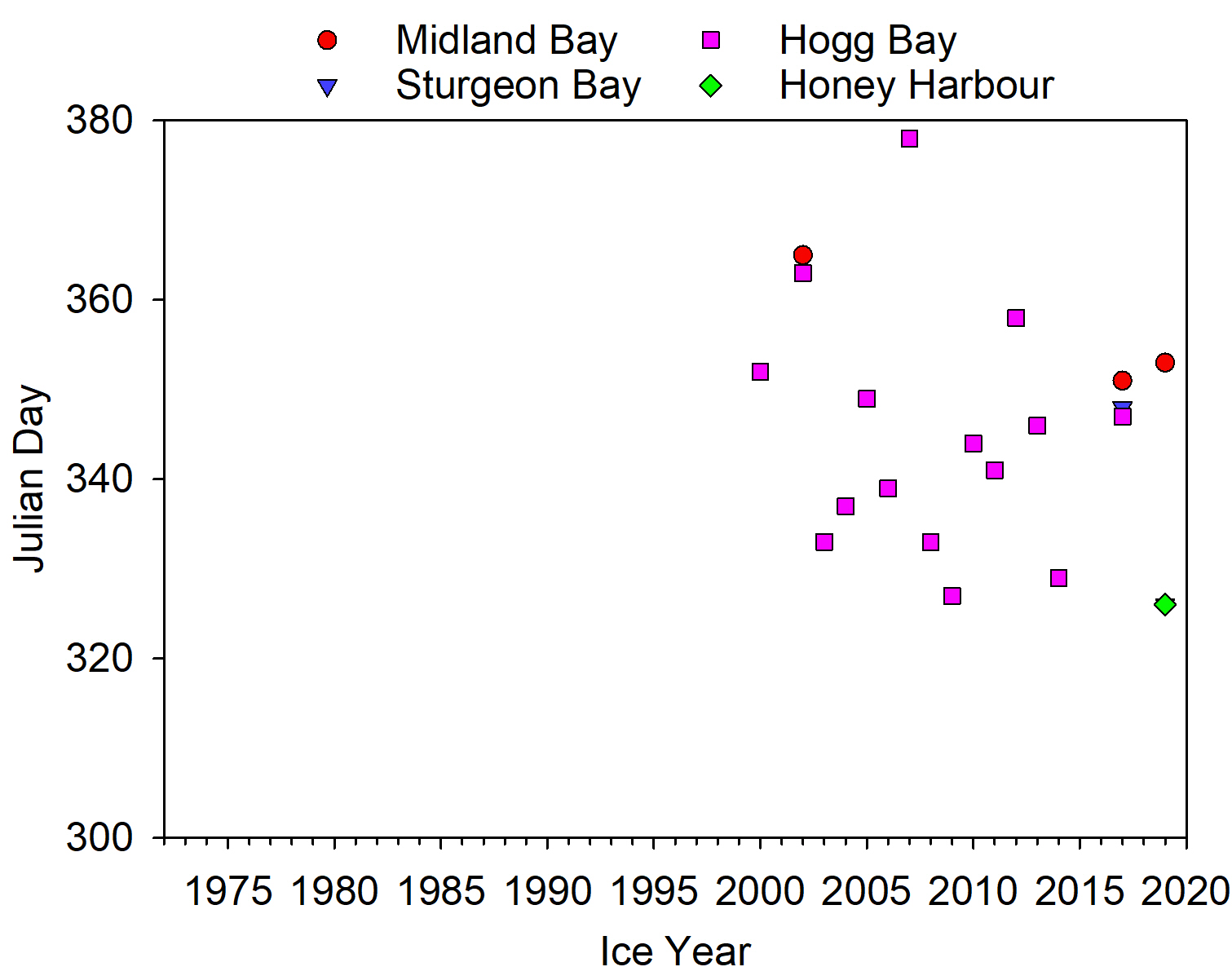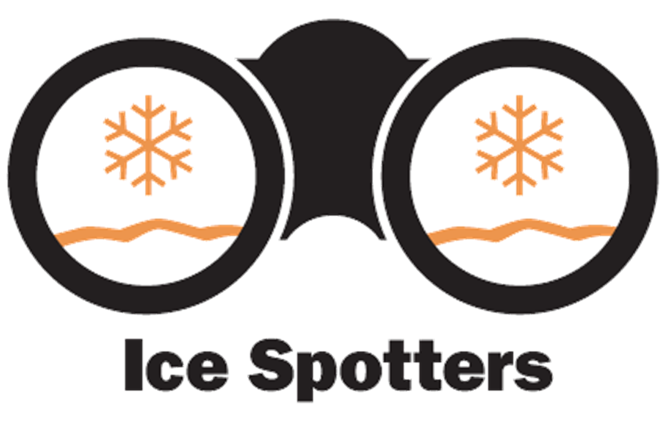
Ice Spotters
As average air temperatures rise, the timing of ice formation and ice break-up (known as ice phenology) is changing across our region. Aside from being an indicator of climate change, ice phenology is important in regulating many biological and chemical processes lake:
- Ice cover provides shelter for fish eggs – early spring break up puts eggs at risk during storms
- Wildlife depend on consistency in freeze/thaw cycles for migration, hibernation and food sources
- Length of the ice-free season affects:
- the extent of oxygen depletion and release of sediment-bound phosphorus in areas that thermally stratify
- potential for algae bloom growth, particularly blue-green algae
- growing season for aquatic plants
This report by IceWatch Canada explains how lake ice is changing across Canada.
Through SSEA’s Ice Spotters program, volunteers record ice conditions leading up to ice-on in the fall and ice-off in the spring. Tracking the timing of ice-on/ice-off on inland lakes and Severn Sound embayments can help track climate change effects.
If you are interested in collecting observations in the fall and spring, here is how to make ice observations in a standardized way that will help us keep track of year to year change:
- From Dec 1 until full ice-on, and April 1 until full ice-off, and from the same shoreline location each time, record a description of ice cover within your field of view, as illustrated below (examples: no ice; about 50% cover, thin transparent ice; ice only near shore; iced over except near stream outflow; fully iced over). Make particular note of the date of ice-on and ice-off. Ice-on occurs when ice is completely covering the lake/bay; ice-off occurs when ice is completely gone from the lake/bay.
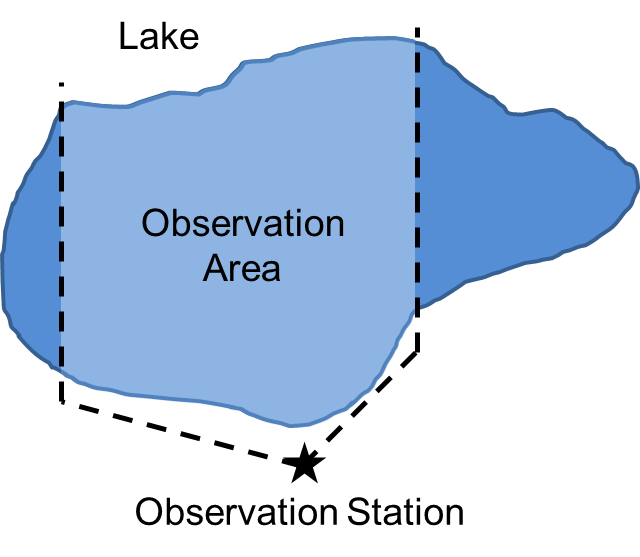
This is what an observation table for ice-off might look like. You can copy this one into Microsoft Word or Excel or Google Docs/Sheets and update it with your own information, or copy it directly into an email with your observations filled out.
- Take a photo with each observation once the ice begins to form in the fall and break up in the spring, noting approximately which direction you are facing.
- Submit a GPS point, address or description of your observing location.
- Submit your photos and ice observations by email to citizenscience@severnsound.ca once the lake/bay is fully ice covered in the fall, and ice free in the spring (from the vantage point of your location).
Ice Monitoring on Sturgeon Bay (photo courtesy of P. Davis)
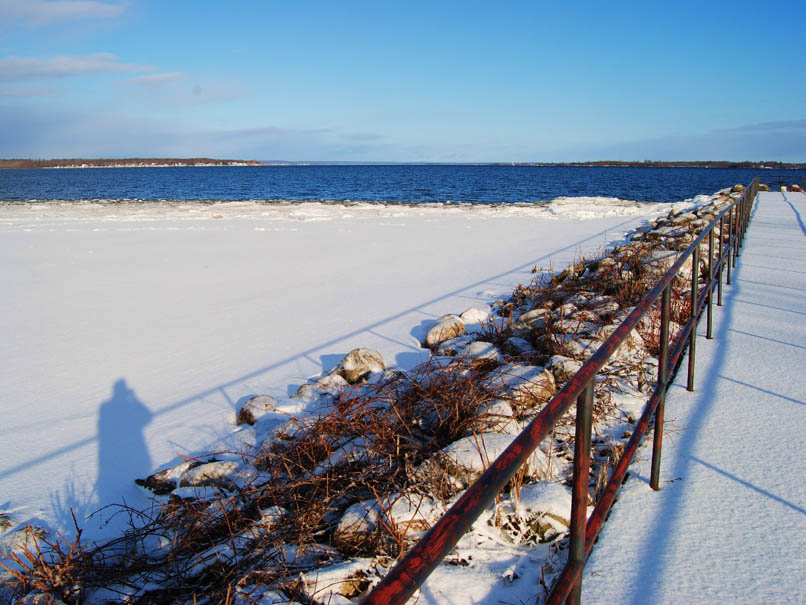
| Date DD/MM/YYYY | Ice Status | Observation Location | Observer | Notes |
| 13/04/2017 | Farlain Lake, on the dock facing north | Aisha | ~40% ice cover; the edges look a lot like slush | |
| 14/04/2017 | ice-off | Farlain Lake, on the dock facing north | Aisha | no ice seen from observation point |
This is what an observation table for ice-off might look like. You can copy this one into Microsoft Word or Excel or Google Docs/Sheets and update it with your own information, or copy it directly into an email with your observations filled out.
Results
No statistically significant trends in ice-on/ice-off dates have been observed for lakes with sufficiently long datasets, although this may change as more data is collected. Slight changes have been noted:
- Ice forming slightly later and going out earlier on Bass Lake
- Ice going out slightly earlier on Lake Couchiching and Farlain Lake
- Ice forming earlier and going out earlier on Hogg Bay
- Ice going out later on Midland and Sturgeon Bays
